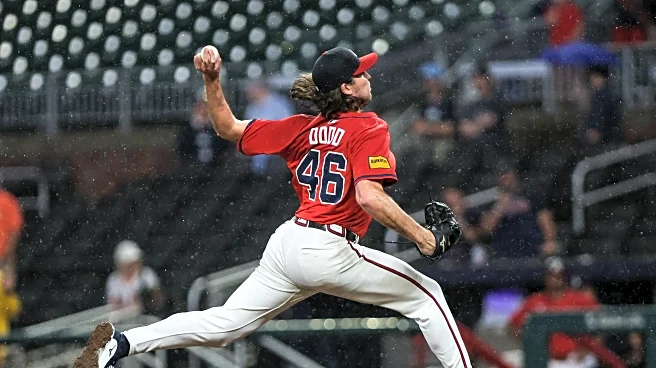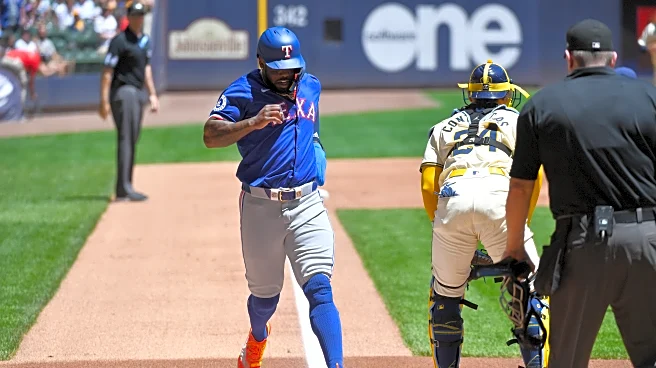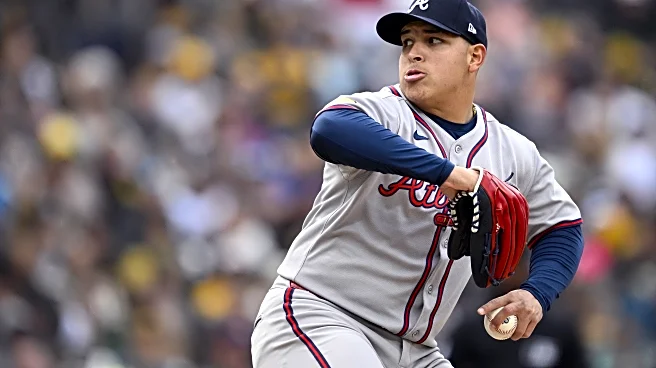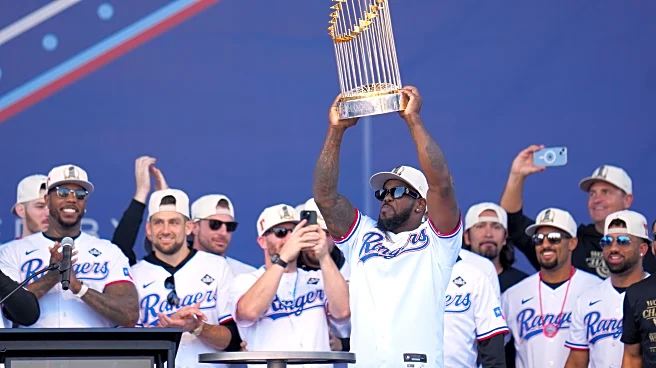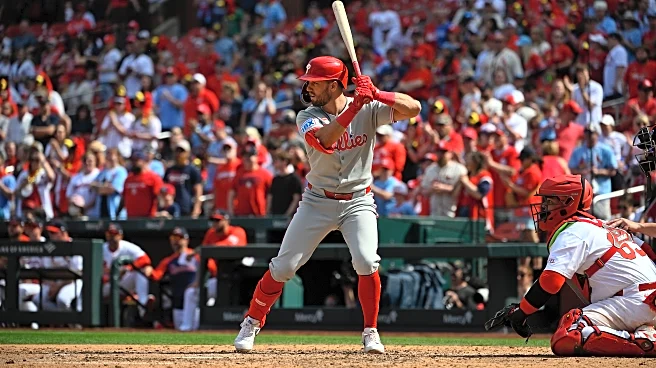We all got pretty excited about Dylan Dodd a few years ago.
Selected in the third round of the 2021 draft, the lefty made a few appearances later in the year before blitzing through the minors in 2022,
getting all the way to Triple-A. Due to an injury to Kyle Wright, his Spring Training competition with Jared Shuster for a spot in the rotation just turned into a spot. It didn’t last long, and while he made a few more starts in 2023, it wasn’t pretty. His stuff backed up, and here was starting to look more like depth.
2024 was better (derogatory), and the Atlanta Braves seemed committed to him as a starter. But the outlook remained the same – he looked like a depth piece.
How acquired
Dodd was drafted in the third round in 2021. A casualty of the COVID-affected season, he was already 23 years old.
What were the expectations?
Dodd was a depth piece at this point. Everything screamed pedestrian at this point when you looked at him from a rotation perspective. Dodd crashed and burned in both the minors and the majors as a starter in 2023, and again, wasn’t much better in the minors in 2024 (he made one relief appearance for the big-league Braves that year).
But the immediate usage showed that Atlanta no longer saw him as a rotation piece. They moved him to the bullpen, hoping his plus control would remain while his stuff could tick up. I imagine there weren’t a lot of expectations, per se.
There Braves were hoping for the stuff to tick up as much as possible. The degree to which it did would determine the next steps.
2025 results
Great job, everyone.

Dodd basically turned into Aaron Bummer.
The strikeout rate jumped to over 30 percent in Triple-A after hovering around 22 percent for the last couple of years, and the walk rate was still minimal. He posted a 3.50 FIP and 2.52 xFIP in 24 Triple-A shorter-stint relief appearances.
In his 28 MLB relief appearances and 35 innings, the strikeout rate went back down to 22 percent, but something had happened: his grounder rate shot up over 50 percent, while it was somewhat above a third previously. Bummer gets more strikeouts, but he also walks more. Either way, you’re looking at a FIP in the mid-3s. That’ll do.
All in all, Bummer finished 2025 with 35 innings hurled over 28 appearances, with an 85 ERA-, 94 FIP-, and 83 xFIP-. That was good for 0.2 fWAR, and would’ve been more if, like many of his relief teammates, he didn’t run a HR/FB rate higher than league average.
What happened? He flipped the usage of his cutter from a little-used pitch to his main weapon.


What went right?
Changing his pitch mix and moving to the bullpen made a big difference.
The velocity ticked up by about 1-1.5 mph, but the Stuff metrics saw an improvement across the board, oddly except for the cutter.

This allowed him to succeed even though he wasn’t striking out a ton of batters.
His highest-WPA game came on August 26, which was the game where the Braves entered the ninth tied and then scored nine runs to win. He came on in relief of Hurston Waldrep while up a run, with one out and one on, and got a strikeout and a flyout to end the frame. It was one of just two instances all season that the Braves inserted Dodd into a high-leverage situation, and the only one that went well.
What went wrong?
When you don’t strike out a ton of hitters, it’s harder for teams to trust the results.
I’m a little surprised it took until the end of May for him to get called up, but he yo-yoed a couple times between Atlanta and Gwinnett over the course of the season before getting called up for good toward the end of August.
Chances are now that Atlanta sees him as a middle reliever heading into next season, but it took a bit to probably convince them of that.
There was also the August 30 game where the Braves asked him to face Brandon Marsh and Trea Turner in extra innings in Philadelphia, while the team held a one-run lead. Marsh came to bat with the bases loaded and one out, and Dodd did the job, striking him out to give the Braves a fighting chance to win the game. But, it was not to be, as Turner slapped a single through the infield with an 0-2 count to end the game.
2026 outlook
He was “old” when he was drafted, but pitching most of 2026 at 28, Dodd is basically right in the age bracket you’d expect a reliever to be in. And he pitches like Aaron Bummer! The outlook is that I’d expect him to have the inside track as a cheap lefty reliever.
Steamer is less convinced. While Steamer’s 50th percentile projections have the strikeout rate staying where it was, it predictably doesn’t think Dodd can maintain a walk rate under four percent. The FIP crawls up more toward 4.00. At this point, I’d say it’s hard to say what exactly he’ll be as it seems just as likely he improves in other areas as he gets more comfortable with this role.
Either way, we’re looking at a left-handed relief option for next year. If he’s better, cool. While it might be tempting to think of Dodd as a lefty specialist, he pitched considerably better against righties in a tiny sample last year, so while he probably doesn’t have reverse splits because they’re rare, it’s not clear that he’s a LOOGY-type, either.
